Wartime needs propelled women into world of work
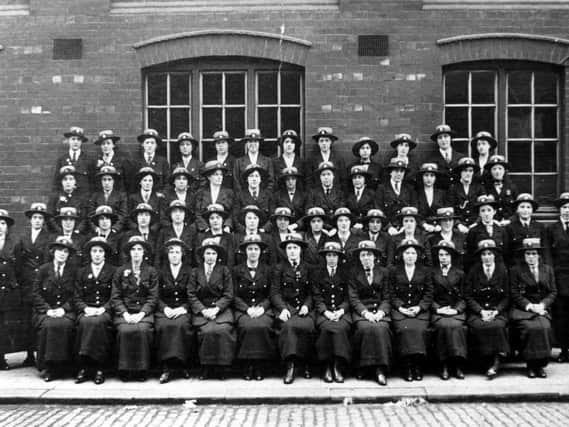

As growing numbers of men left for the Front or went into munitions, more and more women were recruited to keep vital services running. Â
They often took on jobs that had previously only been done by men and they pioneered the much wider employment of women on war work during the Second World War.
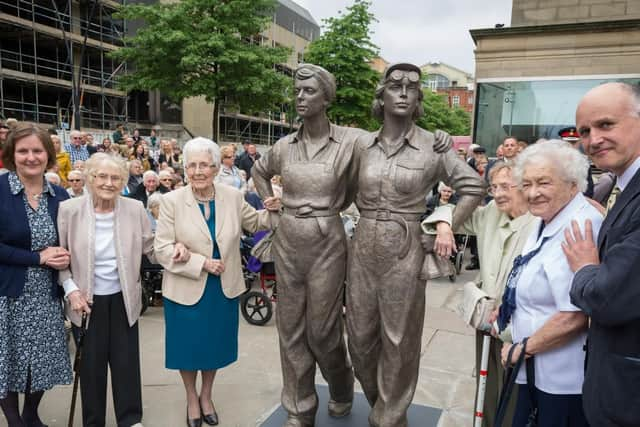

Advertisement
Hide AdAdvertisement
Hide AdMrs Margaret Furniss, whose story is told as part of a Central Library oral history project during the 1980s, was a telegram girl.Â
Before the war telegrams, which were widely used, had only been delivered by young men between the ages of 14 and 18. Â As more and more of the young men went into the forces or into munitions work, the Post Office started to recruit similarly aged girls who were employed at Pond Street or in sub-post offices around the city.
 At the age of 15 Mrs Furniss started at Pitsmoor post office where she sat in a little washhouse at the back and the sub postmistress, Miss Farnsworth, provided coal for a fire.
She often delivered telegrams to the Firvale Workhouse where there were wounded soldiers in a block at the Herries Road end.Â
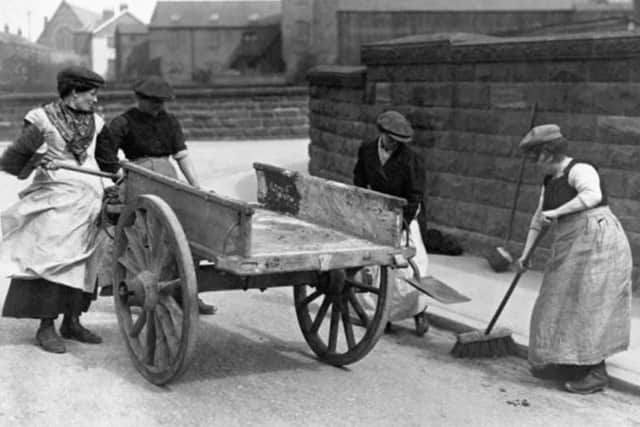

Advertisement
Hide AdAdvertisement
Hide AdThere were about 60 telegram girls altogether and they had a group photo taken on Pond Street roof.
Women were also employed by the Post Office as sorters, delivering the post, as telegram girls and as telephonists and telegraphists. The Post Office was very proud of them and featured them regularly in the Sheffield Post Office magazine.
Sheffield's extensive tram network was used by many people to get to work, to go shopping and to leisure activities. Because of a growing shortage of conductors, the council's Tramways Committee decided in May 1915 to start recruiting women as conductors and cleaners. Â
Premises on Hartshead were turned into a Tramway Women's Club, a training school set up and uniforms ordered. Â
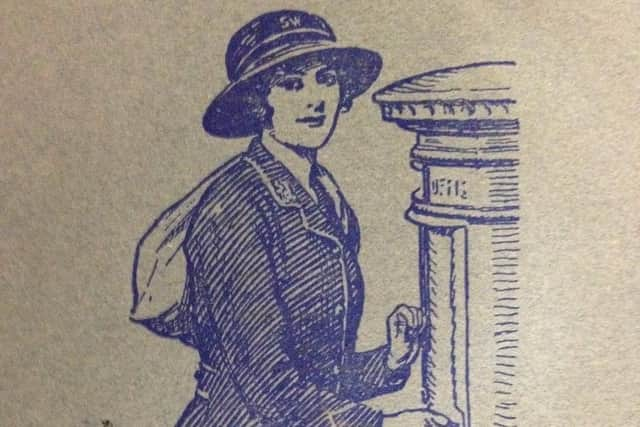

Advertisement
Hide AdAdvertisement
Hide AdWithin a few weeks Gladys Piggott became the first women tram conductor in the city on a tram travelling up to Crookes. After 12 months' service the women were awarded merit badges whilst the minutes of the council's Tramways Committee of January 23, 1917 records that a '˜gratuity' be paid '˜to a Woman Conductor for promptly applying the rear platform brakes on an accident-damaged Tramcar on the Handsworth Section which was out of the control of the Motorman'. Â
By the end of the war there were several hundred women conductors and some had been appointed as inspectors.
Another big employer that needed to recruit women was the city council which was responsible for many more services than it is today. Â
The Electric Supply Committee took on women as meter readers in residential districts. Six women looked after the city's bowling greens. Â
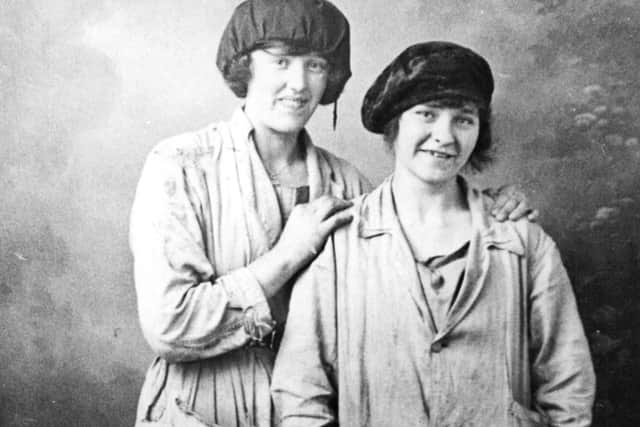

Advertisement
Hide AdAdvertisement
Hide AdOther women emptied the coal wagons at the Neepsend Power House where others took over cleaning of the engine room and boiler house. Â Women could be seen sweeping the streets whilst, in the world of commerce, women could be found cleaning windows in factories and on shopping streets. Â
Mrs Furniss recalls that her sister's job was to clean large shop windows in the city centre and those of the Independent building on the High Street. Â
There are only a few examples of the work women undertook during the war besides their huge contribution to munitions production. Â
They worked long hours but with a large number having previously been in domestic service, they found they were earning good money and they enjoyed the camaraderie of the workplace. Â
Advertisement
Hide AdAdvertisement
Hide AdHowever, most had only taken employment on the understanding that it was as a temporary contribution to the war effort and when the war ended these, mostly working-class women, were expected to resign or were made redundant. Â
Many had no alternative but to go back to their previous jobs but the First World War can now be seen as the very beginning of the end for general domestic service.